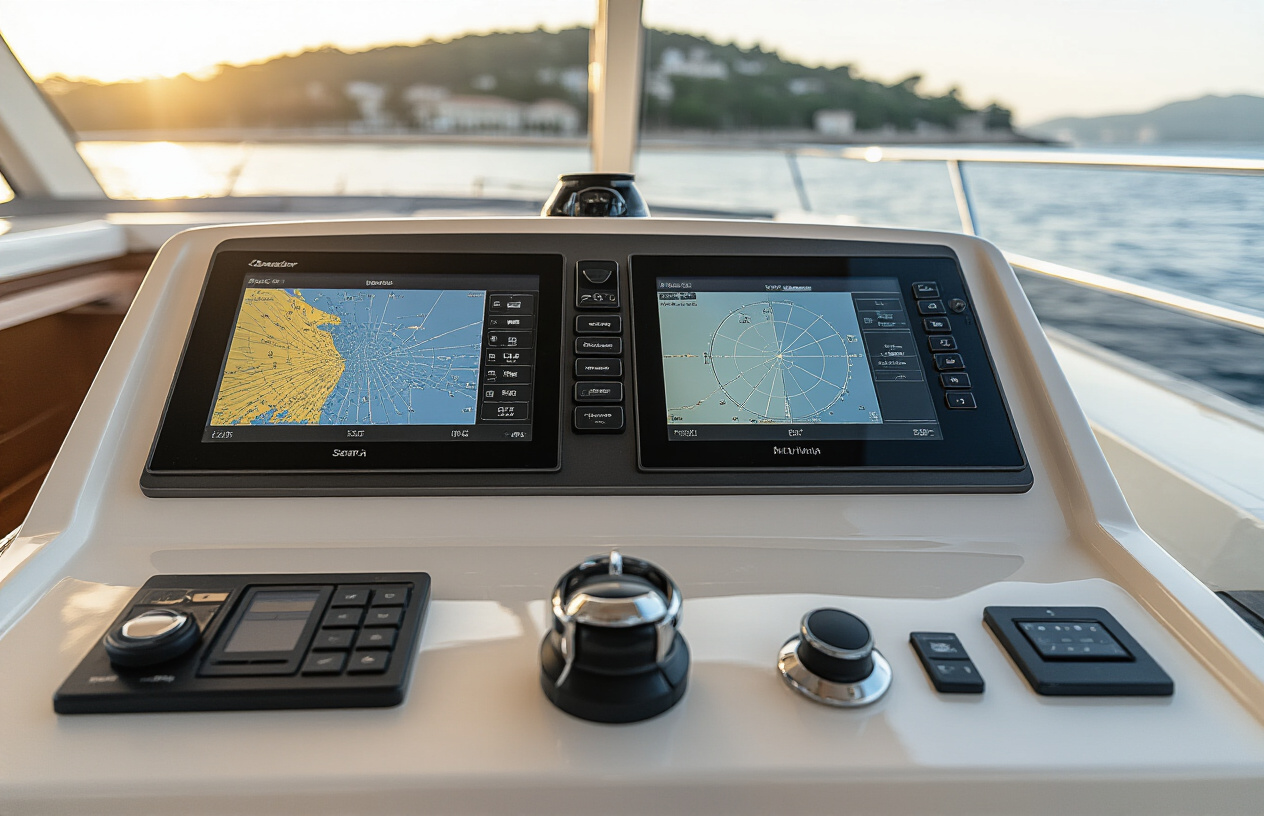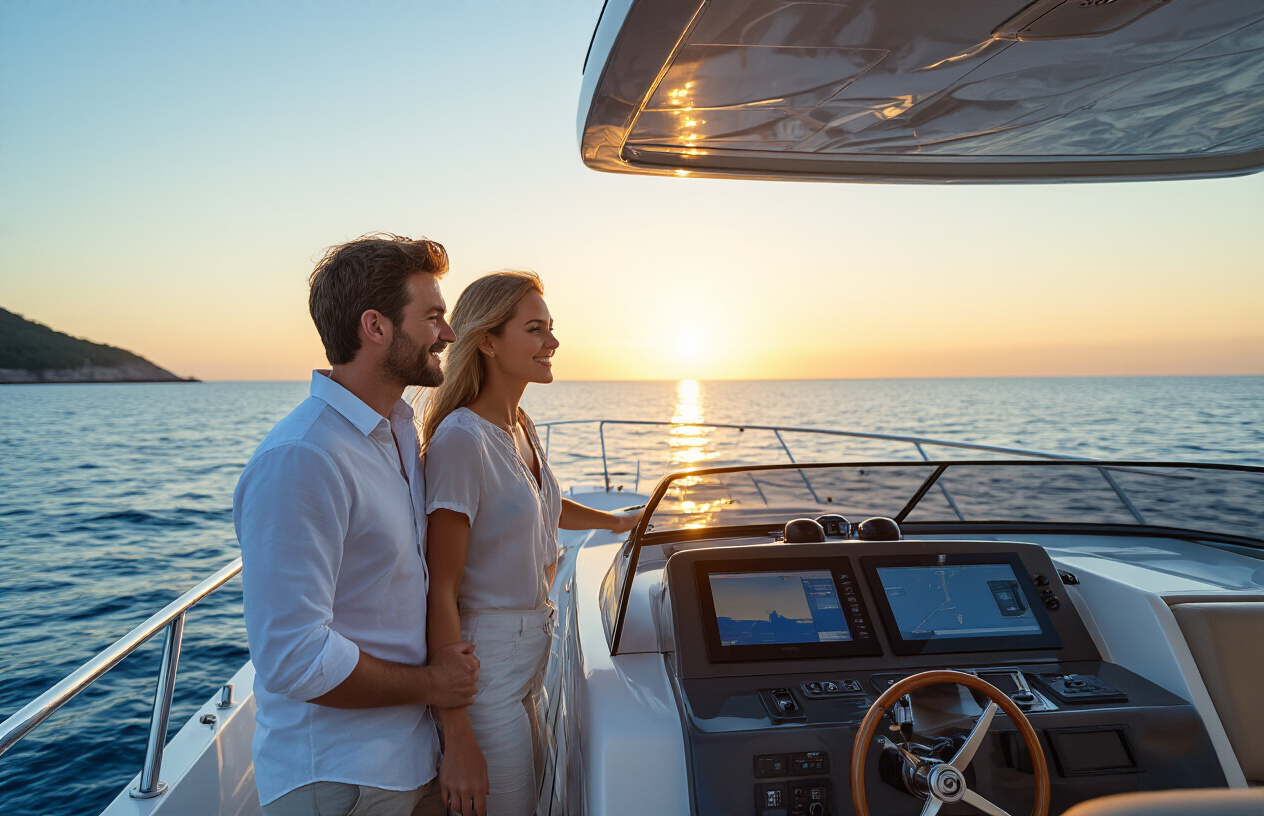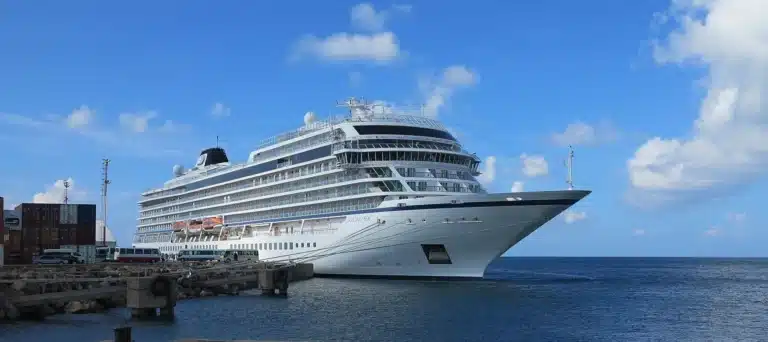Ever felt completely lost when looking at yacht listings, wondering if you’re about to drop six figures on the wrong boat? You’re not alone.
Choosing a Searadar yacht isn’t just about picking the shiniest vessel in the marina—it’s about finding the perfect match for your sailing dreams and practical needs.
In this beginner’s guide to selecting the ideal Searadar yacht for your trip, we’ll walk through everything from hull designs to onboard systems without the confusing jargon. No fancy boat talk, just straightforward advice.
By the time you finish reading, you’ll know exactly which questions to ask before signing any paperwork. But first, let’s talk about the mistake that costs first-time yacht buyers thousands in regrets…
Understanding Searadar Yacht Basics
What makes Searadar yachts unique
Searadar yachts stand out with their cutting-edge navigation systems that help you sail safely even in challenging conditions. You’ll appreciate their intuitive controls and robust construction, making them perfect for beginners who want reliability without sacrificing luxury. Their distinctive hull designs also offer better stability when you’re learning the ropes.
Key features to look for in your first yacht
When shopping for your first Searadar yacht, focus on user-friendly navigation controls, adequate cabin space for your needs, and fuel efficiency. You should prioritize models with comprehensive training support and easy maintenance requirements. Don’t overlook safety features like automatic emergency systems and weather alerts that give you peace of mind.
Common models and their specifications
| Model | Length | Capacity | Navigation Features | Best For |
|---|---|---|---|---|
| Searadar Cruiser 28 | 28 ft | 6 people | Basic radar, GPS | Weekend trips |
| Searadar Voyager 34 | 34 ft | 8 people | Advanced radar, autopilot | Extended cruising |
| Searadar Mariner 40 | 40 ft | 10 people | Full navigation suite, weather tracking | Long-distance sailing |
| Searadar Explorer 45 | 45 ft | 12 people | Military-grade radar, satellite comms | Offshore adventures |
Price ranges and budget considerations
Your Searadar yacht investment will typically range from $85,000 for entry-level models to $500,000+ for luxury versions. You should account for ongoing costs like docking fees ($3,000-$6,000 annually), insurance ($2,500-$10,000), and maintenance (about 10% of purchase price yearly). Financing options can make ownership more accessible with 15-20% down payments.
Assessing Your Sailing Needs
A. Determining your sailing experience level
Before choosing a yacht, honestly assess your sailing skills. Are you a complete newbie or have you sailed before? Your experience directly impacts which searadar yacht will work best for you. Beginners should opt for more forgiving models with intuitive controls and comprehensive navigation assistance.
B. Identifying your typical sailing conditions
Think about where you’ll be sailing most often. Coastal cruising in calm waters? Open ocean with challenging waves? Different searadar yachts are designed for specific conditions. Coastal sailors need different features than those planning offshore adventures. Your usual sailing environment should guide your yacht selection.
C. Considering passenger capacity requirements
How many people will typically join your sailing adventures? Family trips require more space than solo or couple outings. Consider both seating in the cockpit and overall yacht capacity. Don’t forget to account for occasional guests who might join your journey for day trips.
D. Planning for overnight accommodations
If you’re dreaming of multi-day trips, cabin space becomes crucial. Count how many berths you’ll need for comfortable sleeping. Check the galley setup, head facilities, and living space. Your comfort during overnight stays depends on choosing a yacht with suitable accommodations for your group.
E. Evaluating storage and equipment needs
Take inventory of what you’ll bring aboard. Fishing gear? Diving equipment? Extra provisions? Proper storage prevents clutter and improves safety. Look for clever storage solutions that maximize space. Remember, the right searadar yacht should accommodate your lifestyle equipment without sacrificing comfort or performance.
Selecting the perfect Searadar yacht requires thoughtful consideration of your specific sailing needs, safety requirements, and performance expectations. By understanding the basics of these specialized vessels, evaluating critical safety features, and comparing performance metrics, you can make an informed decision that aligns with both your maritime aspirations and practical constraints. Remember that factors like budget, maintenance costs, and resale value play crucial roles in your long-term satisfaction with your purchase.
Your Searadar yacht should ultimately reflect your personal style while meeting your functional requirements. Take time to test different models, consult with experienced sailors, and thoroughly research your options before making this significant investment. With the right approach, you’ll soon be enjoying unforgettable adventures on the water with a vessel that perfectly suits your needs and enhances your sailing experience for years to come.






